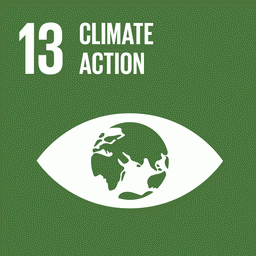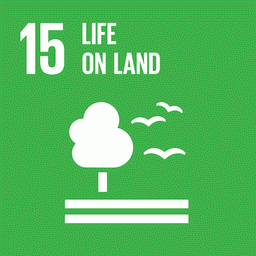A group of researchers from IPAM (Amazon Environmental Research Institute) and the Woodwell Climate Research Center, from the United States, ended this Friday (13) a field expedition that went through the three biomes in the state of Mato Grosso to improve the use of data in preventing and combating forest fires. The last stop was in the city of Apiacás, where deforestation fire razes the Amazon and firefighters combat to control the burned areas.
The work was hampered by ignition in different spots on the ground. This type of fire burns the cut trees in order to prepare the area for agricultural use. It is frequent in the Amazon, especially at this time of year, when there is less rain in the region.
“Deforested areas become pastures with different climatic characteristics from what it would be if the forest was still standing”, explains the researcher from IPAM and Woodwell Climate, Ludmila Rattis. “One of the effects of deforestation is the increase of the local microclimate temperature, rising up to five degrees Celsius and affecting the productivity of the land. In the end, deforesting does not pay off, neither in the climate nor in the economic aspect.”
In hot and dry weather, the risk of a fire like this escaping into a nearby forest and turning into a bigger fire is high. “Fire related to deforestation increases the challenge in controlling and combating, since it is a fire that is desired and caused by human action, and it ends up offering risks even to those who are working to fight it” says researcher Manoela Machado, from Woodwell Climate.
Science and field work
The expedition started a week earlier and the researchers visited the three biomes of Mato Grosso – Cerrado, Pantanal and Amazônia – following the work of the state’s Military Fire Department to improve the use of scientific data in preventing and combating forest fires.
“This project was born based on the dialogue with researchers and firefighters. From the beginning, the idea has been to seek mutual collaboration between applied science and the work of detecting, preventing and fighting forest fires”, says Machado, who coordinates the initiative.
During the expedition, it was possible to identify similarities in the strategies used by firefighters and in the predictions made by fire researchers. “It improves our work bringing this conversation to the field.”
The group also had the opportunity to witness the impacts of forest fires in multiple scenarios. In the Cerrado biome, the researchers saw the destruction of a family farm and native vegetation after a fire escaped from a rural property. In the Pantanal, an accidental fire quickly spread across dry pasture lands, forming the region’s first major fire this year. In the Amazon, fueled by deforestation, a previously forested area quickly turned into ashes.
A travel diary was shared on IPAM’s Instagram.

